|
The Museum of the Home has been refused permission to remove a statue of Robert Geffrye despite public calls to ditch the controversial work

Lauren Heath-Jones | Planet Attractions | 02 Jul 2021
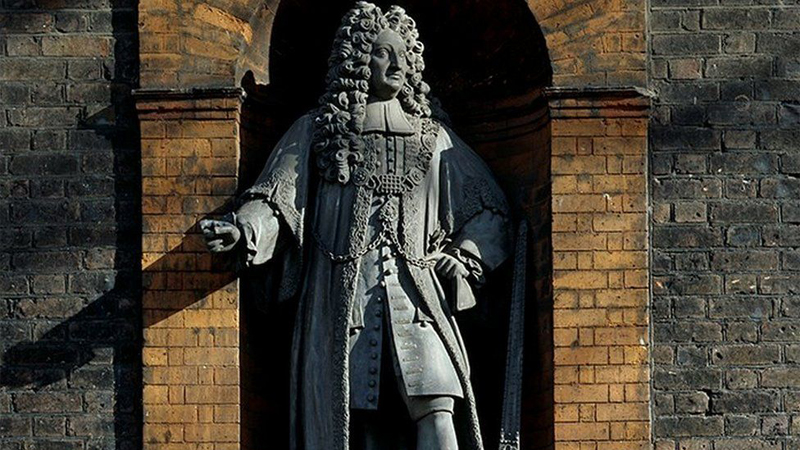
 Robert Geffrye owned part of a slave ship that was used by the Royal African Company in the transatlantic slave trade Credit: Museum of the Home Robert Geffrye owned part of a slave ship that was used by the Royal African Company in the transatlantic slave trade Credit: Museum of the Home
London’s former Geffrye Museum reopened to protest rather than fanfare last month after the British government rejected plans to remove a controversial statue from the historical building despite its direct ties to the slave trade.
Reopened on June 12 after a £18m (US$25m, €21m) three-year refurbishment and rechristened the Museum of the Home (MOTH), museum officials wanted to take down the statue of Robert Geffrye - a man who in the 17th century generated wealth through the slave trade.
Despite the museum opening more than 200 years after his death, Geffrye has direct ties to the museum. Part of his vast fortune was used after his death to build the Almshouses, which first opened in 1714. In 1911 the buildings were sold to London County Council before opening to the public in 1914 as the Geffrye Museum, which was created to explore the home and home life from 1600 onwards.
Public pressure
Protestors, led by Labour MP and UK former shadow minister Diane Abbott, have called for the removal of the controversial statue, which is currently located above the museum’s entrance.
“Museums should be places of learning about our history, among other things,” said Abbott. “Removing the statue should be an opportunity to highlight and learn from this shameful period of British history.”
Despite the museum agreeing with this stance, which is also backed up by a public consultation from Hackney Council, Britain’s culture secretary Oliver Dowden has prohibited the removal, instead saying that the museum must “retain and explain” its existence.
“Whilst it is always legitimate to examine Britain’s history, removing statues, artwork and other historical objects is not the right approach,” said a statement from the Department for Digital, Culture, Media and Sport. “Instead, we should aim to use heritage to educate people about all aspects of Britain’s complex past, both good and bad.
“Publicly funded museums must not remove statues that form part of a listed building or other heritage objects in their care for political or campaigning purposes. They must be seen to be acting impartially, in line with their publicly funded status.
The museum has proposed that the statue be moved to Geffrye’s gravesite - a less prominent position within the grounds of the museum, however the DCMS has stated that it wouldn’t approve any applications to move the statue.
“The museum staff feel that by moving it to an alternative location on site we can explain it better,” Tamsin Ace, director of creative programmes at the MOTH, told The Telegraph. “It’s a great spot for contemplation and reflection, and people can choose whether they engage with him in that way.
“The statue remaining in position is a painful memory. Having it at height on a really visible thoroughfare is problematic,” she added.
Reflection and contextualisation
Following the backlash from the protests, the museum’s board of trustees has said that it will “reflect further” on its decision to leave the statue in place.
“Since we announced the board’s decision not to remove the statue, the response has made the board reflect further,” said a museum representative. “They are considering the responses and discussing the decision with community and creative partners.”
A previous statement from the museum’s trustees argued that they had done all they could in regards to the statue and they would instead refocus their efforts on contextualising the statue of Geffrye with his involvement in the slave trade.
“In light of new legislation proposed by the government in January 2021 to protect historic monuments at risk of removal or relocation, the board believes that its original decision is the only practical option for the foreseeable future,” said the statement.
“We are proceeding with explaining and contextualising the statue in its original position. The first step has been to install a panel near the statue telling a fuller history of Geffrye, including his connections with the forced labour and trading of enslaved Africans, and acknowledging that the statue is the subject of much discussion.
“The Black Lives Matter movement has demonstrated a profound need for people and institutions to educate themselves about the legacy of structural racism and colonialism. We have a responsibility to act against injustice and this includes confronting the legacy of colonialism and transatlantic slavery within our history.
“We will confront, challenge and learn from the uncomfortable truths of the origins of the museum buildings, and fulfil our commitment to diversity and inclusion.
“We acknowledge the pain caused by the connections between the Museum buildings and the forced labour and trading of enslaved Africans.”
Meaningful, community-led action
Toyin Agbetu, a community educator who forms part of a steering group that reviews the names of public spaces in Hackney, has called for the boycott of the museum, claiming that the board of trustees were “missing the point”.
“The statue of Geffrye is on private property, but it is in the public realm and it is causing offence,” he said.
Phillip Glanville, mayor of Hackney, said he was “very disappointed” by the decision, which made many locals feel “very uncomfortable.”
“We believe that taking meaningful, community-led action is the best way to ensure our shared spaces are welcoming to all and reflect our diverse communities,” he said.
The dispute over the Geffrye statue follows the news that the statue of 17th-century slaver Edward Colston, felled during the 2020 Black Lives Matter protests, has recently gone on display at the M Shed museum in Bristol, UK.
Meanwhile, the refusal to remove a statue of Cecil Rhodes, a British imperialist and white supremacist, at Oriel College in Oxford University, has led to 150 lecturers refusing to teach at the college until Rhodes’ removal, arguing that its presence continues to perpetuate systemic racism within the institution.
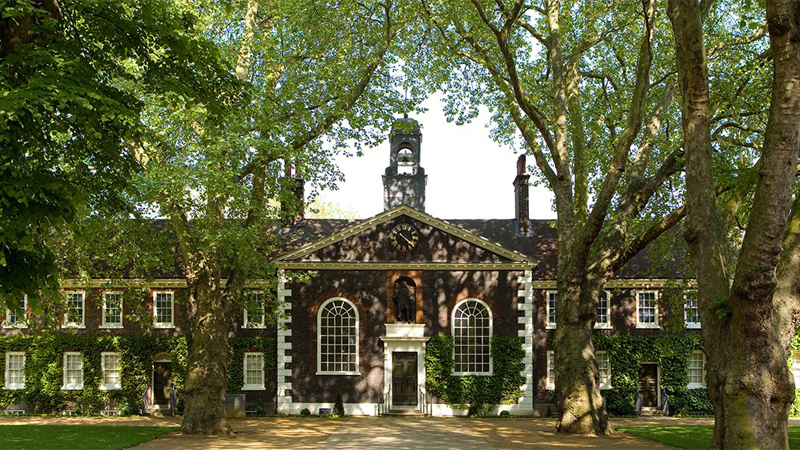
The statue is located above the entrance of the building and can be seen from Kingsland Road CREDIT: JAYNE LLOYD/MUSEUM OF THE HOME
Museums and galleries
|
|

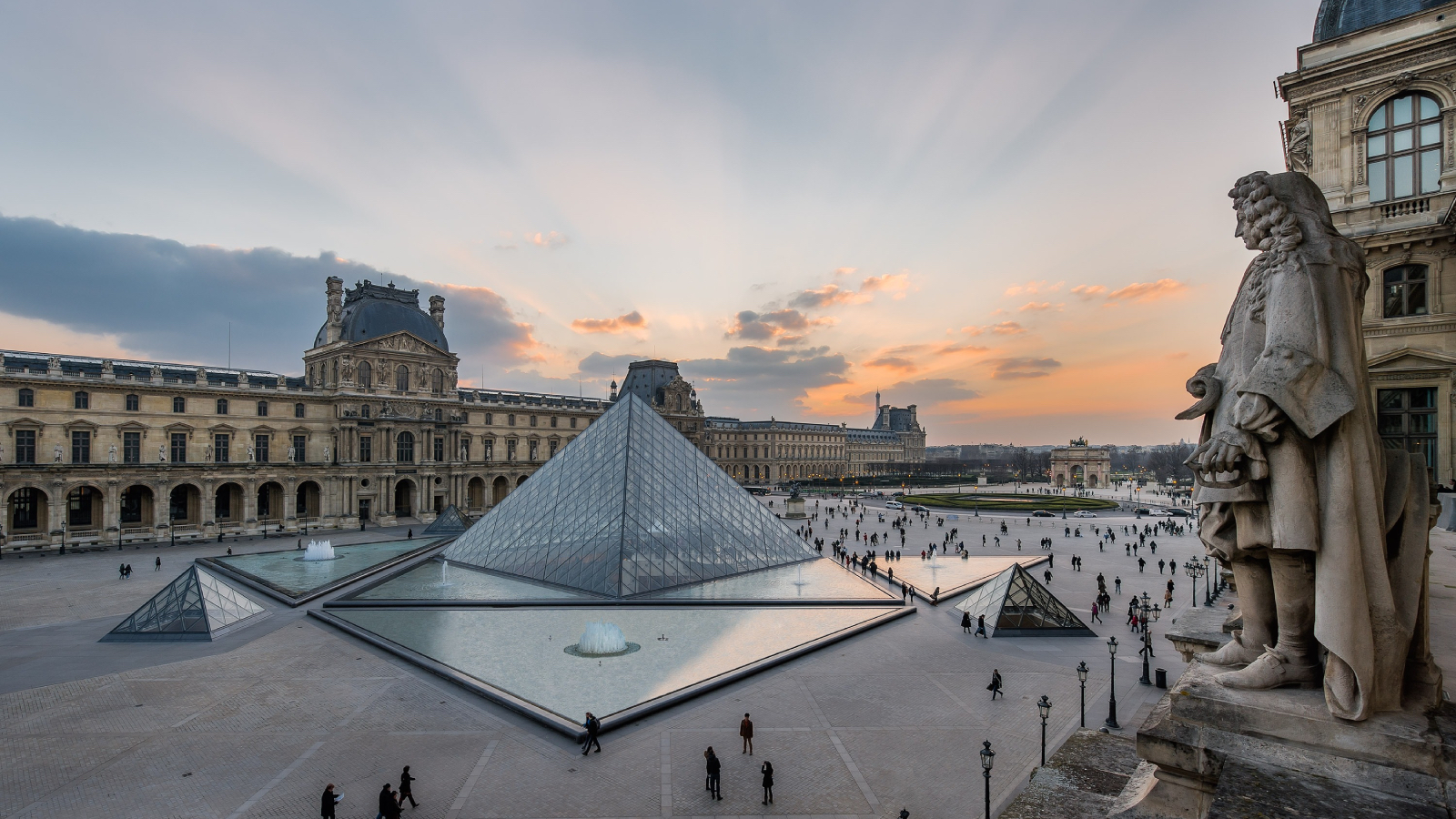
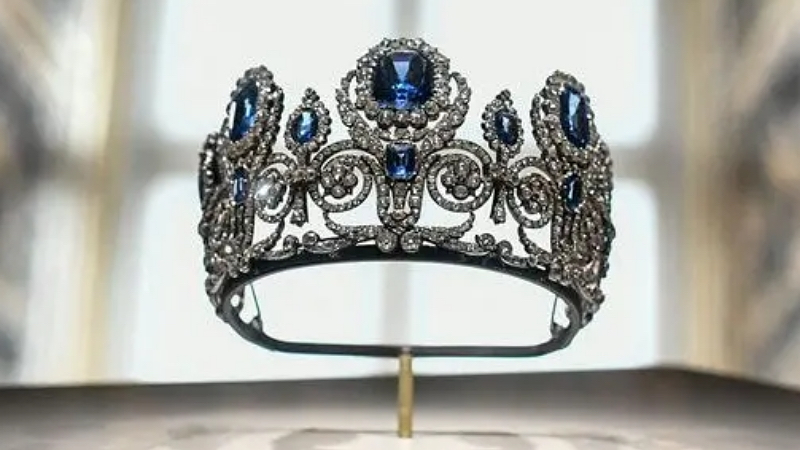

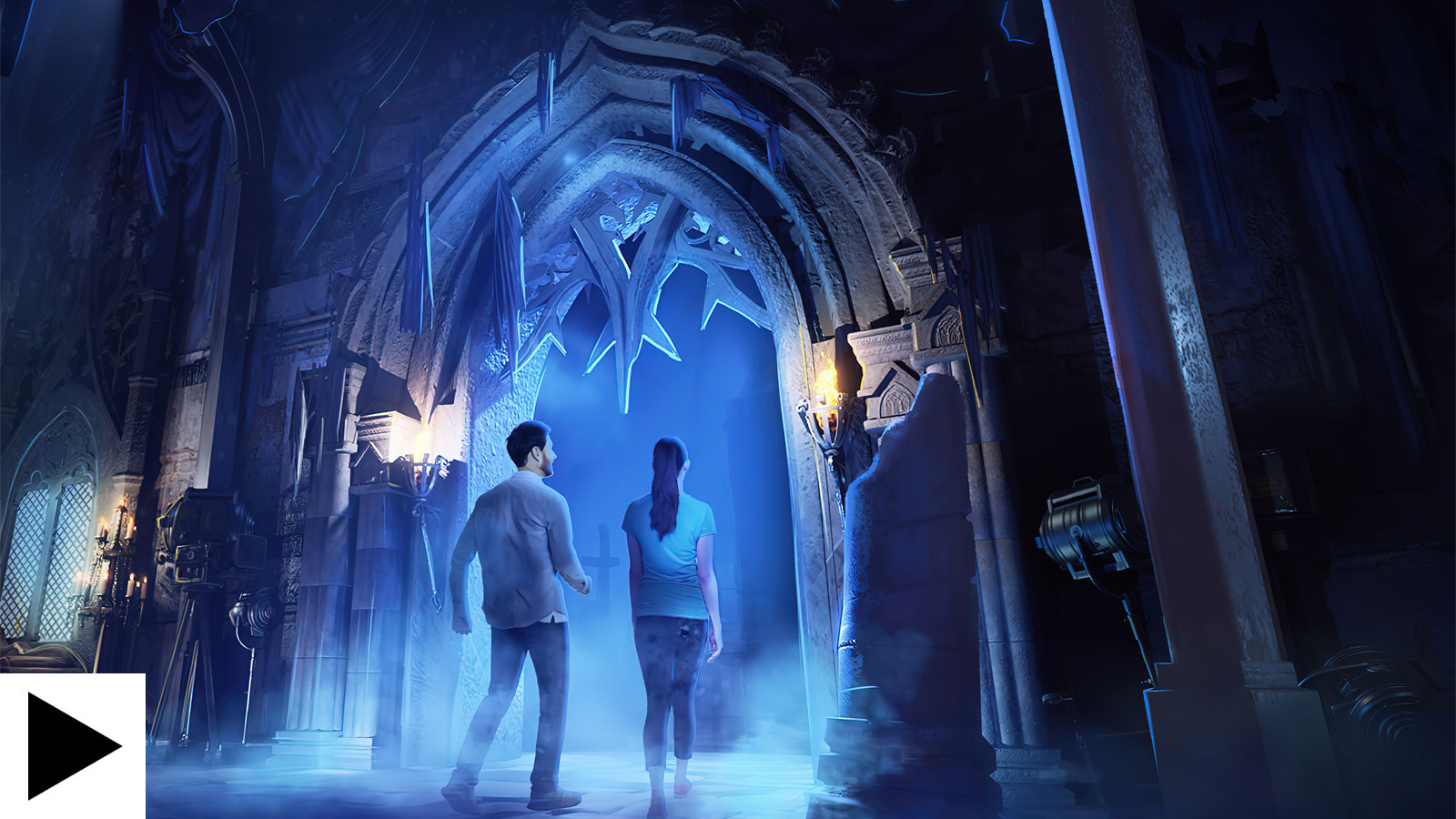

Supplier Showcase 2025: The biggest attractions projects landing worldwide this year
|